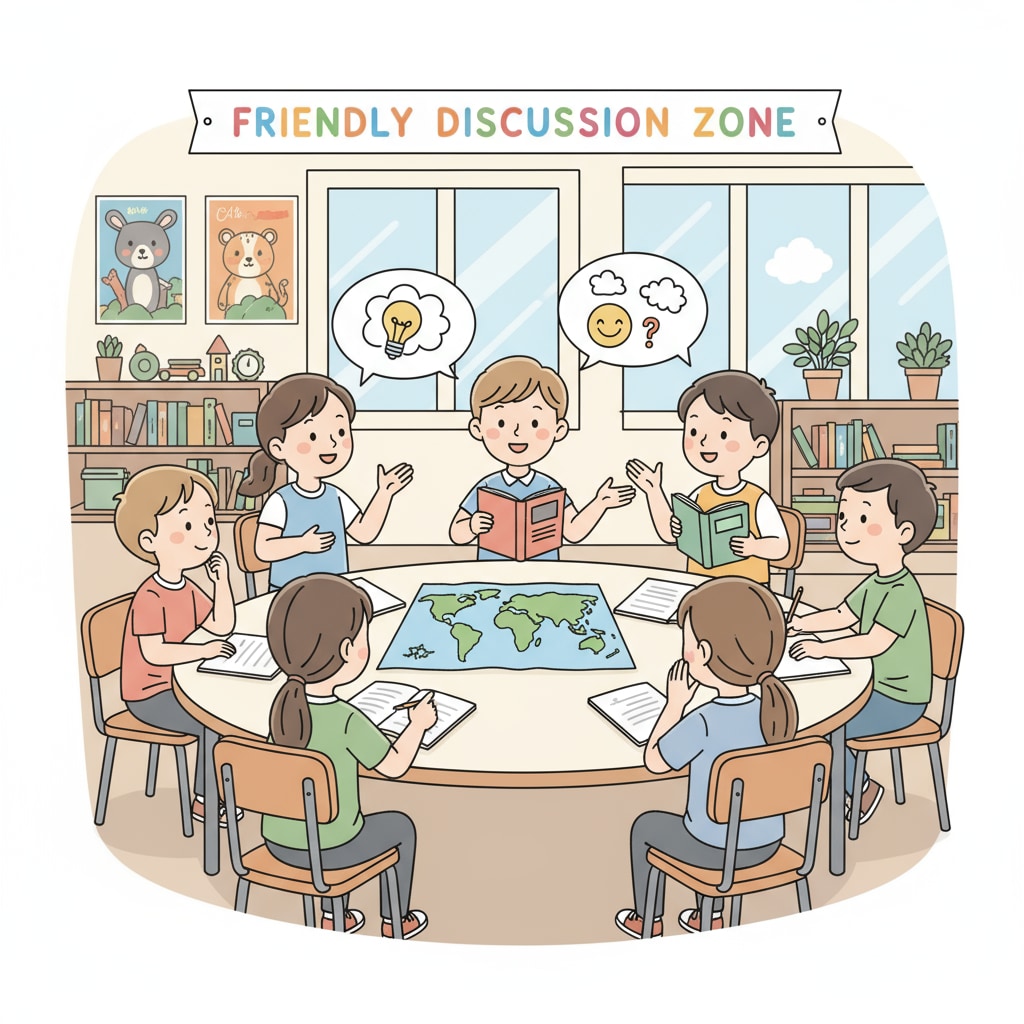School bullying, with its associated hostility and strained relationships, is a pressing issue in today’s educational landscape. It’s not just a matter of a few isolated incidents but a complex problem that can have far-reaching consequences for students.

As we explore this topic, we aim to shed light on the causes, effects, and solutions to this concerning phenomenon.
The Roots of Hostility in School
Hostility in school often stems from various factors. One significant cause is differences among students. Whether it’s differences in appearance, social status, or interests, these can sometimes lead to feelings of being an outsider. For example, a student who dresses differently or has a unique hobby might be targeted. Wikipedia’s page on school bullying also mentions that family background can play a role. Students from troubled family environments may bring their pent-up emotions to school and lash out at others.

The Impact on Students’ Mental Well-being
The effects of school bullying on students’ mental health are profound. Victims often experience anxiety, depression, and a loss of self-esteem. They may become withdrawn, avoiding social interactions. As a result, their academic performance can also suffer. According to Britannica’s article on child psychology, long-term exposure to bullying can even lead to more serious mental health issues later in life.
To address this issue, it’s crucial to build healthy relationships within the school community. Teachers and parents should work together to create an environment where students feel safe and respected. This includes promoting open communication and teaching empathy. By understanding others’ feelings, students can learn to treat each other with kindness and build positive relationships.
Readability guidance: We’ve used short paragraphs to convey information clearly. Each section has a distinct focus, and we’ve included external links for further learning. Transition words like ‘for example’ and ‘as a result’ help connect ideas smoothly.


